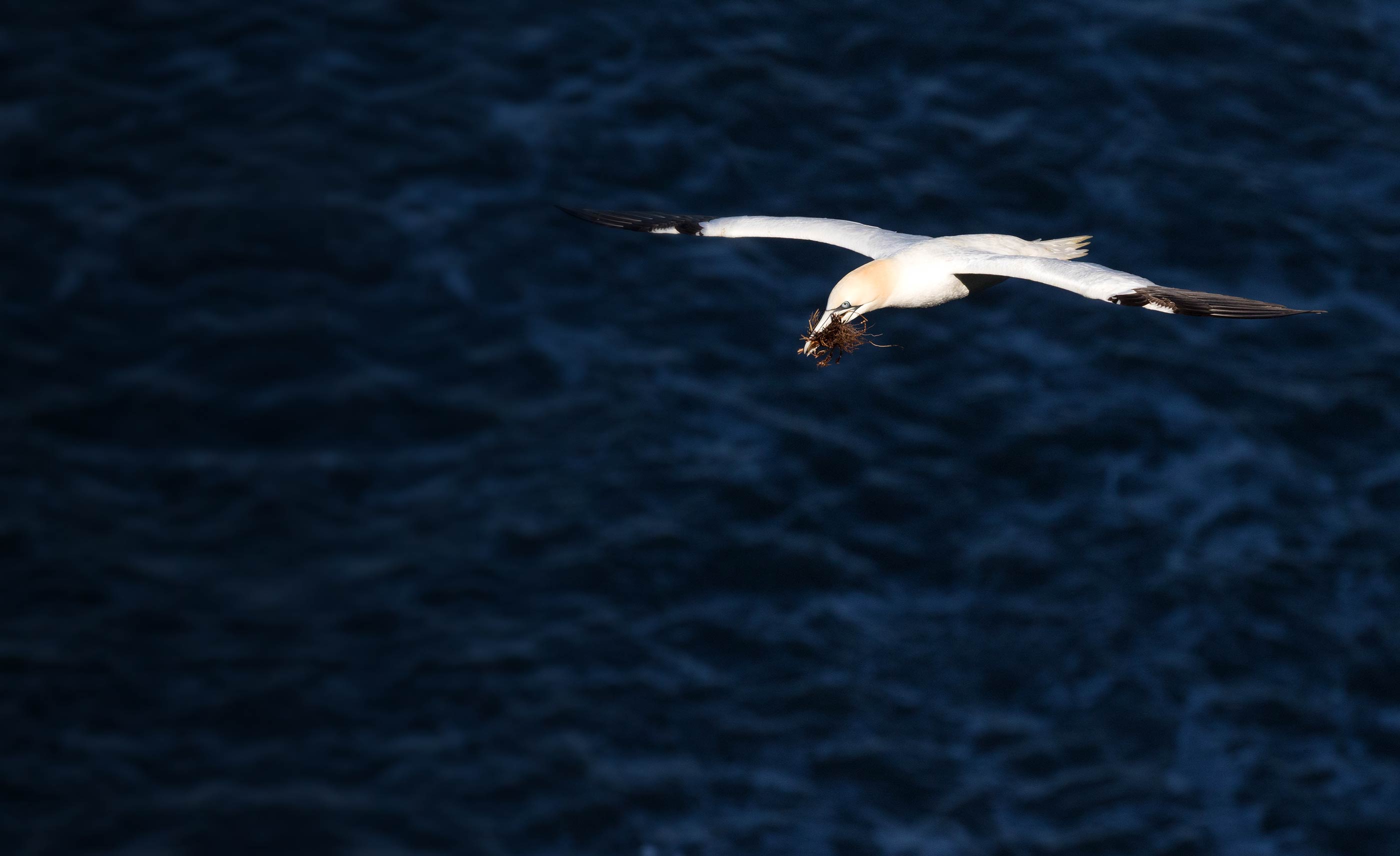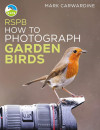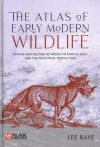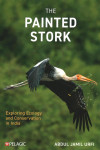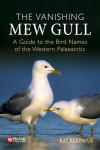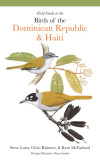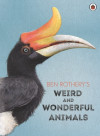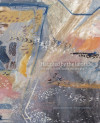At first glance this book appears to be a somewhat random collection of black and white photographs of, mostly, dead birds, litter, and housing developments. But as one delves deeper, it becomes apparent that this is not simply a bird book. Or at least, not a bird book by normal standards.
Aves Elektron: Death of the Nightingale
Maurice Bird: The Gilbert White of The Broads
The name Maurice Bird might not the most instantly recognisable, but it may be familiar to anyone who has read the author James Parry’s 2020 work (co-written with former BTO Director Dr Jeremy Greenwood) Emma Turner: A Life Looking at Birds. The Reverend Maurice Bird (1857–1924) was the Rector of Brunstead in Norfolk for over 30 years, and as a neighbour with shared interests in photography, ornithology, and natural history, he and his family were close friends with the pioneering photographer and ornithologist Emma Turner.
Bird Pellets: A Complete Photographic Guide
Many of us will have found owls pellets while on a walk, and some may have even extracted the contents to see what has been eaten, but most will be unfamiliar with the range of species which produce pellets and how to go about finding them. Ed Drewitt’s Bird Pellets: A Complete Photographic Guide aims to fill this gap and goes about doing so in a thorough and digestible manner on a (literally) indigestible subject.
Call of the Kingfisher
Following the author’s journey along the River Nene at Oundle in Northamptonshire, this book is set out in specific months of the year. The reader can fall into step with the writer as he explores the river habitat, along with explorations further afield, and watches the unfolding lives of Kingfishers over the changing seasons.
The Best Nest Contest
Luke Western was inspired to produce this charming book, which he wrote and illustrated, upon introducing garden birds to his baby daughter. The book itself is aimed at slightly older children – aged four to eight. Fortuitously enough, I have a six-year-old son who was on hand to help me write this review.
From Wasteland to Wetland: A History of Woolston Eyes
As a birder growing up in Greater Manchester in the 1990s, I would regularly phone Birdline Northwest (remember those days of having to phone up for bird news?!) and very often, the site Woolston Eyes, in Cheshire, would feature. Although I never had the chance to visit the site as it requires a permit to access, the name has always been a familiar one to me, and in my role as one of the Wetland Bird Survey (WeBS) team, I have had a few phone conversations with Brian Martin about a few of his WeBS records on that site over the years.
Australian Bird Guide: Concise Edition
Although there are many bird books available for birders visiting Australia, the best by far is The Australian Bird Guide. However, this book is somewhat too large, heavy and bulky for use in the field. Even taking with you would add weight to your luggage. Thankfully, a concise version of this field guide has now been released and I was fortunate enough to visit northern Queensland earlier this year and have a copy of this book to take with me.
The North Sea Bird Club 1979–2019: Birds, bats and beasties – forty years of offshore wildlife recording
When it comes to migration hotspots, most birders will immediately conjure up windswept headlands, wave-battered islands, or perhaps famous far-flung locations as Gibraltar or Point Pelee. And, thanks to the efforts of a few dedicated souls stranded on massive industrial infrastructures out at sea, we may even think about the somewhat less glamorous migrant-magnets that are oil and gas rigs.
RSPB How to Photograph Garden Birds
During my 20 years of birding, I have only modestly dabbled in bird photography (with the same camera from the 2000s I’ve had since school), so when beginning to read this new RSPB book by Mark Carwardine I was curious to see how well it would read to a beginner such as myself, and whether it would inspire me to join the growing photographer community and to properly partake in this popular pastime.
The Atlas of Early Modern Wildlife: Britain and Ireland between the Middle Ages and the Industrial Revolution
As the title suggests, this book is presented as an atlas of the wildlife on our ‘Atlantic Archipelago’ from roughly 1519 to 1772. The term ‘wildlife’ covers a range of vertebrate species (from mammals to fish) together with a scatter of predominantly marine invertebrates, which together cover 151 species or grouped taxa.
The Painted Stork: Exploring Ecology and Conservation in India
Abdul Jamil Urfi’s latest work on his beloved Painted Storks takes us to India and provides an accessible but richly informative account of the lives of these globally Near Threatened birds. Urfi has a deep association with the wild colony of Painted Storks that breed within the Delhi Zoo, and the chapters draw on his years of careful observation of this interesting urban population.
The Vanishing Mew Gull: A Guide to the Bird Names of the Western Palaearctic
At first glance, this book might appear to be another volume exploring the declines of bird species, as a result of Anthropocene activity. But reading beyond the title, it soon becomes clear that the eponymous gulls are disappearing in name only.
Field Guide to the Birds of Dominican Republic and Haiti
The island of Hispaniola, comprised of the Dominican Republic and Haiti, is among the Caribbean’s most exciting birding destinations. With an excess of 300 species recorded, the island is home to an impressive 30+ endemics (more than any other Caribbean island) with all but one of those, Grey-crowned Palm-tanager, found in the accessible Dominican Republic. One of the most celebrated endemic birds of the region is the Palmchat, which is the sole representative of its genus and is the national bird of the Dominican Republic.
Ben Rothery’s Weird and Wonderful Animals
Divided into sections covering some of the world’s strangest creatures found inhabiting the air, earth and water, Ben Rothery’s latest children’s book takes the reader on a journey peppered with some astounding facts and figures, and truly outstanding illustrations. The book touches upon 16 categories of animal, and these range from single species, such as the Bearded Vulture, Paradise Flying Snake and Giant Anteater, to an entire phylum in the case of the tardigrades.

